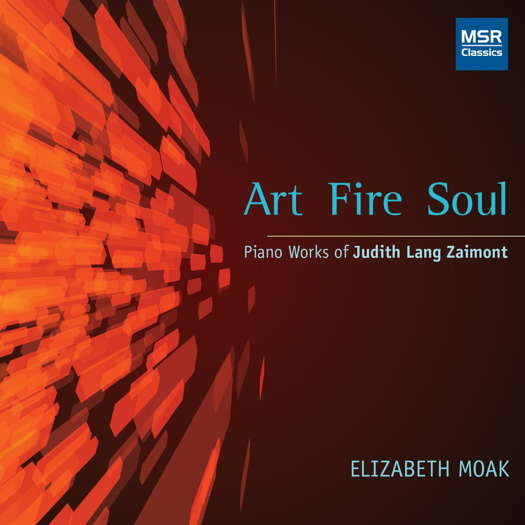 SPONSORED: CD Spotlight. An Encyclopedic Recital - Elizabeth Moak plays Judith Lang Zaimont, heard by the late Howard Smith.
SPONSORED: CD Spotlight. An Encyclopedic Recital - Elizabeth Moak plays Judith Lang Zaimont, heard by the late Howard Smith.
All sponsored features >>
1945
The application of the Citius, Altius, Fortius mentality and the related ranking on the basis of supposed relative greatness of cultural creations I have long felt to be utterly ludicrous and wildly misguided. That said, when much of the history of humanity's endeavours can be justly viewed as one long catalogue of mindless lunacy, the Top Ten idea in reference to art, literature or music doesn't seem any more ridiculous or pointless and a lot less harmful in comparison to many of the other cherished pursuits in which we engage with such sound and fury.
This declaration is by way of introducing a slight change of mind on my part as to how to proceed with the Resounding Echoes series which I started here last year and took a break from in November. By that time I had reached the year 1944 in my journey through the lesser-known music of the twentieth century via a series of weekly audio broadcasts. In belatedly taking up the baton once again I am returning to a solely written format and I can't predict how often the subsequent instalments will be published.
As the sheer quantity of worthwhile music from here on is so abundant the present idea is that for each year, starting now with 1945, a selection of a maximum of ten pieces will be chosen by our panel of discerning judges; all thirty of whom originate from all curves of the globe. (If your mathematics teacher tells you that a globe has corners, I strongly advise that you change school before our planet completes its next cornerless axial rotation.) Each country will be limited to one representative per year. Why? Simply to stop things getting out of hand. I know the judging panel sadly only too well, give them an inch and they will take a mile. If you ever want to see oblivion in the flesh you should see this lot after they have spent a day adjudicating (at least that's what they call it) in the Resounding Echoes hospitality lounge. Neither edifying nor cheap. So without any further ado, let the games begin.

Charles Koechlin: Le Buisson Ardent
Contrary to what one might think, the title of this piece bears no connection to Old Testament tales but rather was taken from the ninth and penultimate - yes, he still wasn't done - volume of Romain Rolland's door stopper Jean-Christophe. Strictly speaking, Koechlin composed the main body of this piece in 1938 and it is only the introduction that belongs to 1945. Written as it was at the end of the summer that had begun with the end of the war, its darkness to light progression should not need much explanation. Although Koechlin insisted that the introduction should never be played alone, I feel it works wonderfully well as a stand alone piece and it is an awful lot shorter than the Rolland original.
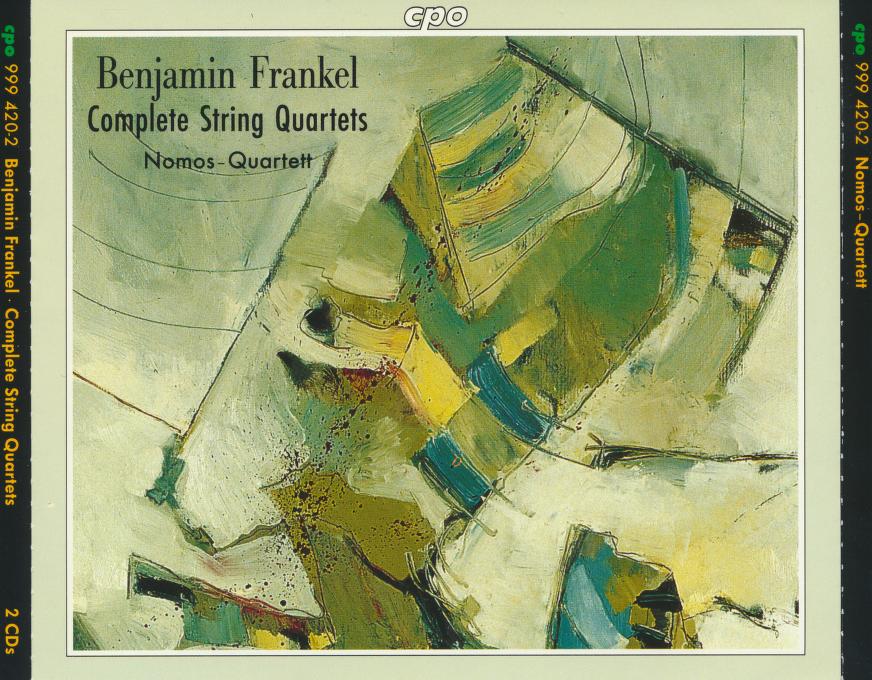
Benjamin Frankel: String Quartet No 1
Despite his, by this time, long recognised and much in demand talent as an arranger and writer of music for stage and screen, the brevity of this work would seem to indicate that Frankel felt far more unsure of his talents in the more rarefied realm of concert music. Or maybe it is just a mark of his respect and sense of trepidation in submitting his subscription form to be a member of the same club as Beethoven. He needn't have worried however as this is a beautiful and beautifully crafted little gem.
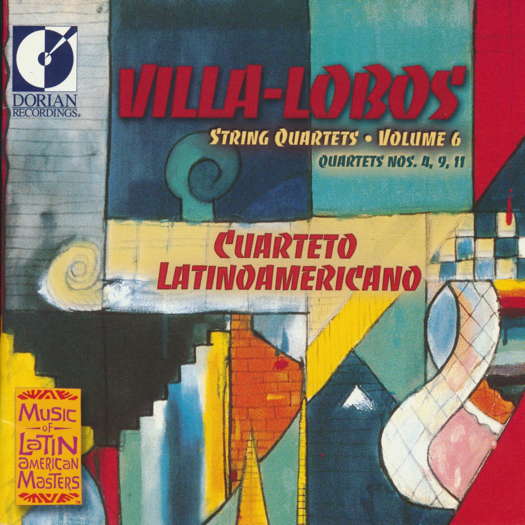
Heitor Villa-Lobos: String Quartet No 9
Another string quartet but in many ways this one could hardly be more different than the Frankel. It at least could never be called brief and breezy. Indeed it is arguably the densest and most concentrated work Villa-Lobos ever composed. Mercifully it contains not a note of the stereotypically tedious traces of what many condescendingly consider to be typically South-American music. What could be considered typical of such a vast space that stretches from equatorial to polar regions and from sea level to almost seven kilometres into the sky, containing as it does an enormously vast range of flora and fauna not to mention a cornucopia of varied human heritage is beyond me.
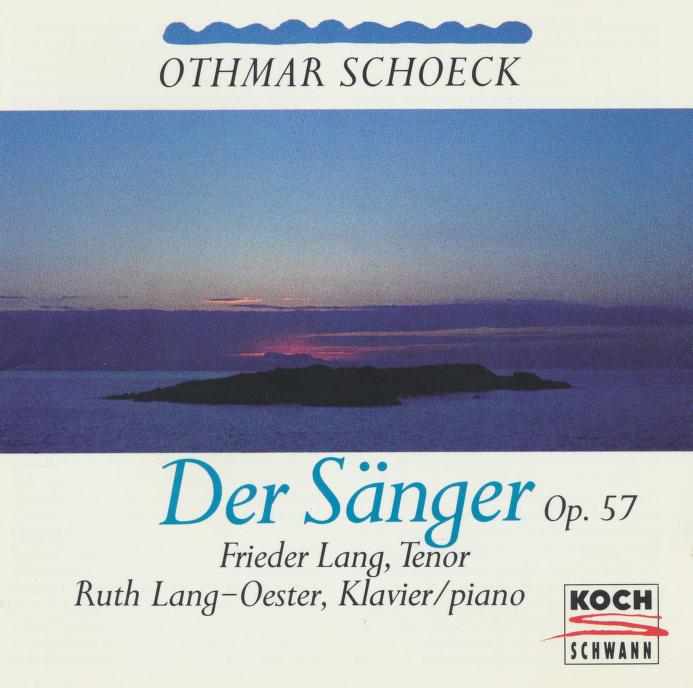
Othmar Schoeck: Der Sänger
Nimmer verarmt dein Herz
Dem das Leid in Gesängen
Auszuströmen ein Gott verlieh
These lines penned by Heinrich Leuthold and taken from the eleventh of the twenty-six songs that make up this cycle could well stand as a motto for both himself and his compatriot Othmar Schoeck. Among themes typical of German Romanticism, there is a streak of bitterness running through these poems. Both men, I believe, felt they had not received the recognition they were due, neither at home nor abroad. I do not know enough of Leuthold's poetry to say if his bitterness was justified or not - whether bitterness is ever appropriate is something I will not tackle now - but as far as I know this is the only complete recording of Schoeck's Der Sänger which, if true, based on its self-evident quality does seem wholly unfair.
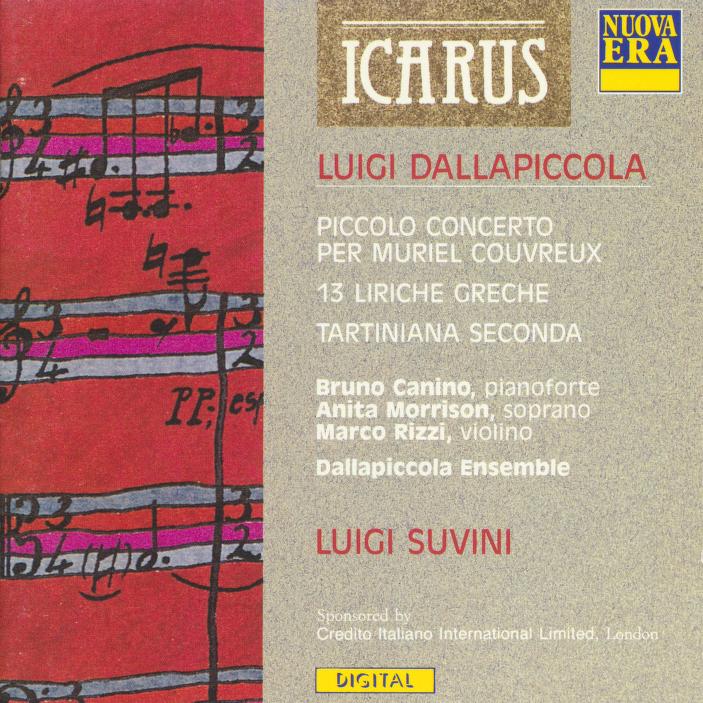
Luigi Dallapiccola: Due Liriche di Anacreonte
From an hour-long song cycle encompassing a gamut of themes to two very brief settings dealing solely with one: Eros. Nothing particularly erotic, at least not in the words, but Dallapiccola's scoring is ingeniously evocative especially so when one considers how limited his resources are: soprano and four instruments. The music moves effortlessly from the languid to the violent. Being written as they were in the year when Anton Webern was senselessly murdered, maybe we can view these two little spurts of love as un piccolo omaggio to ein Mensch.
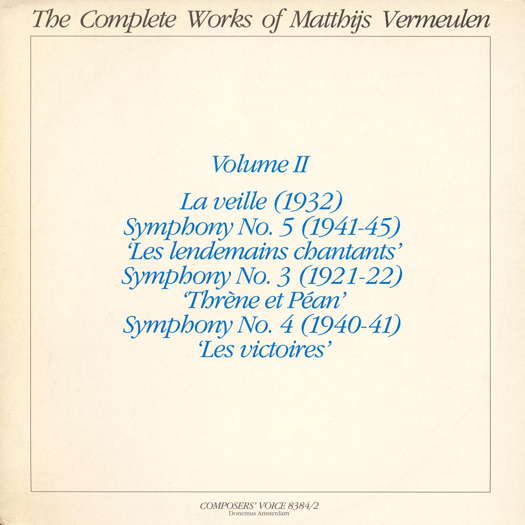
Matthijs Vermeulen: Symphony No 5
The subtitle of this work, 'the singing tomorrows', was taken from a letter by a French resistance member who was tortured and murdered by the Nazis. Much like the Koechlin above it is a work infused with the horror, tragedy and stupidity of war but as with The Burning Bush hopes for, or at least dreams of, better times to come. Whatever its inspirations and origins, Vermeulen's fifth symphony is a monster. A glorious sprawling, multi-coloured, twenty-themed beast with seemingly limitless energy and power to transform itself into ever new and extraordinary forms. A forty-five minute long single melody. At least that's what I hear. You may think otherwise so please give it a listen.
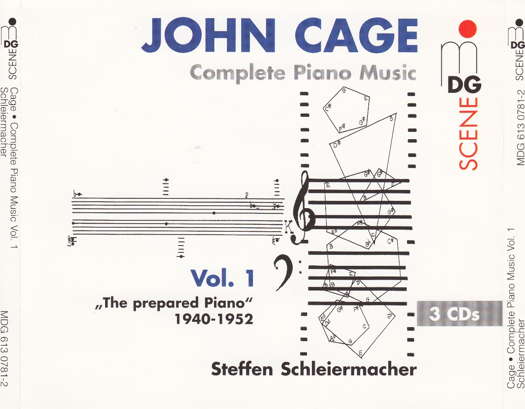
John Cage: Daughters of the Lonesome Isle
We are going to finish our brief look at the hit parade of 1945 in style with a piece by young Johnny Cage and the Loose Screws. It is a piece that doubtlessly had all the kids jiving at all those VJ Day celebration parties. Something like a cross between boogie-woogie and gamelan with a few nuts and bolts thrown in for good measure to make sure you are all getting enough iron in your musical diet. Guaranteed to make you feel good.
Copyright © 7 June 2025
Robert McCarney,
León, Spain




